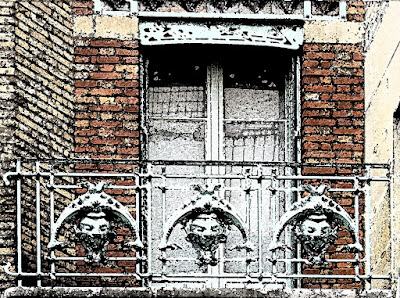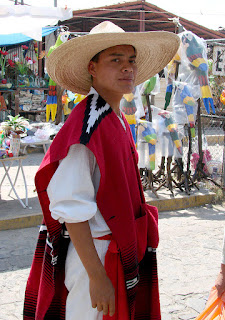
If you see the word bio on a restaurant in Paris, it's going to be organic and mostly vegetarian.
A couple of friends and I stumbled upon one of these restaurants today--Phyto Bar, Restaurant Bio.
I was so glad to to find a restaurant with a large selection of vegetables on the menu after passing so many restaurants where the focus was meat and potatoes.
The food at Phyto was delicious. The vegetables were fresh and lightly cooked.
And the special surprise were the healthy desserts, which consisted of fresh cooked fruit wrapped in a muffin like crust.
And everything was organic without with very little fat.
A couple of friends and I stumbled upon one of these restaurants today--Phyto Bar, Restaurant Bio.
I was so glad to to find a restaurant with a large selection of vegetables on the menu after passing so many restaurants where the focus was meat and potatoes.
The food at Phyto was delicious. The vegetables were fresh and lightly cooked.
And the special surprise were the healthy desserts, which consisted of fresh cooked fruit wrapped in a muffin like crust.
And everything was organic without with very little fat.


 2 ... 2 ...
2 ... 2 ...


















